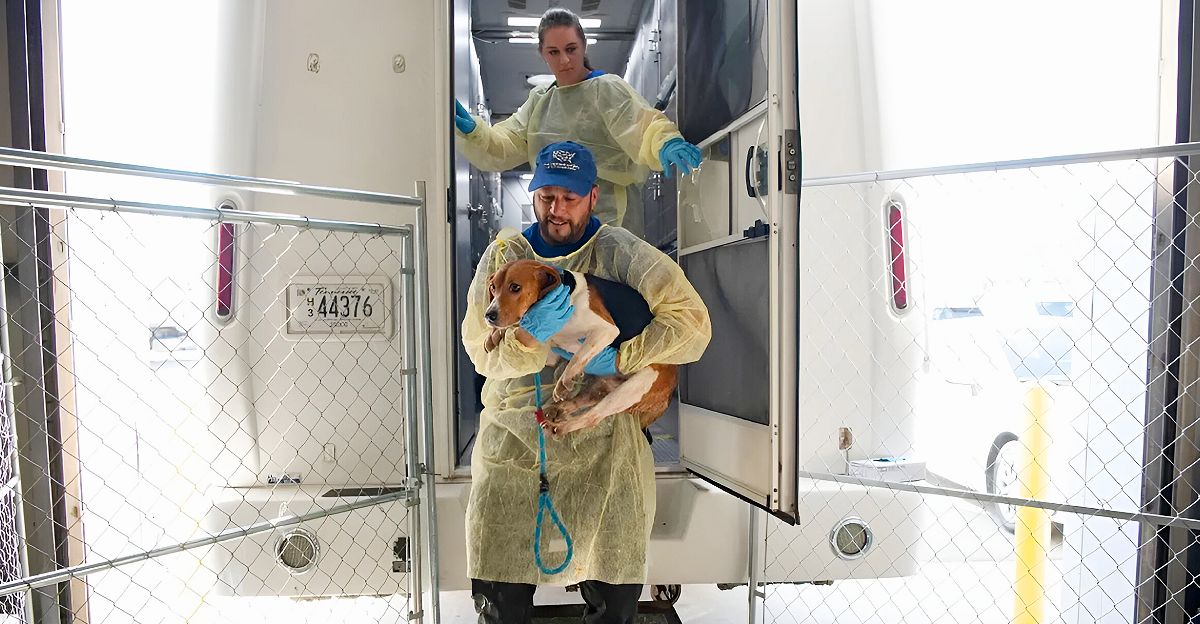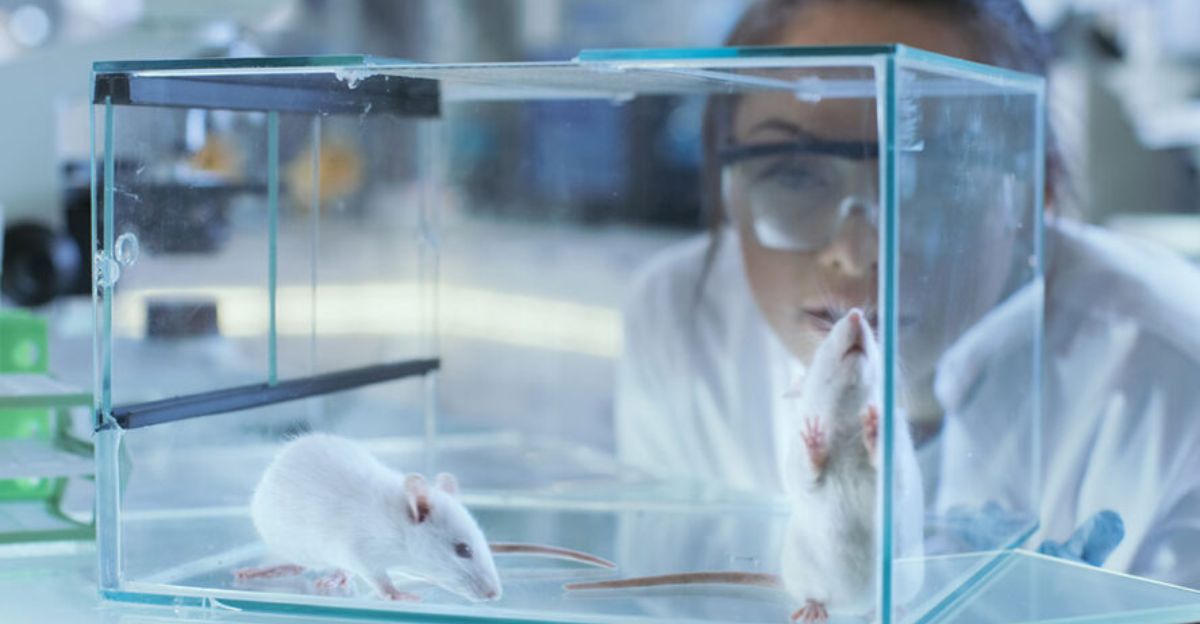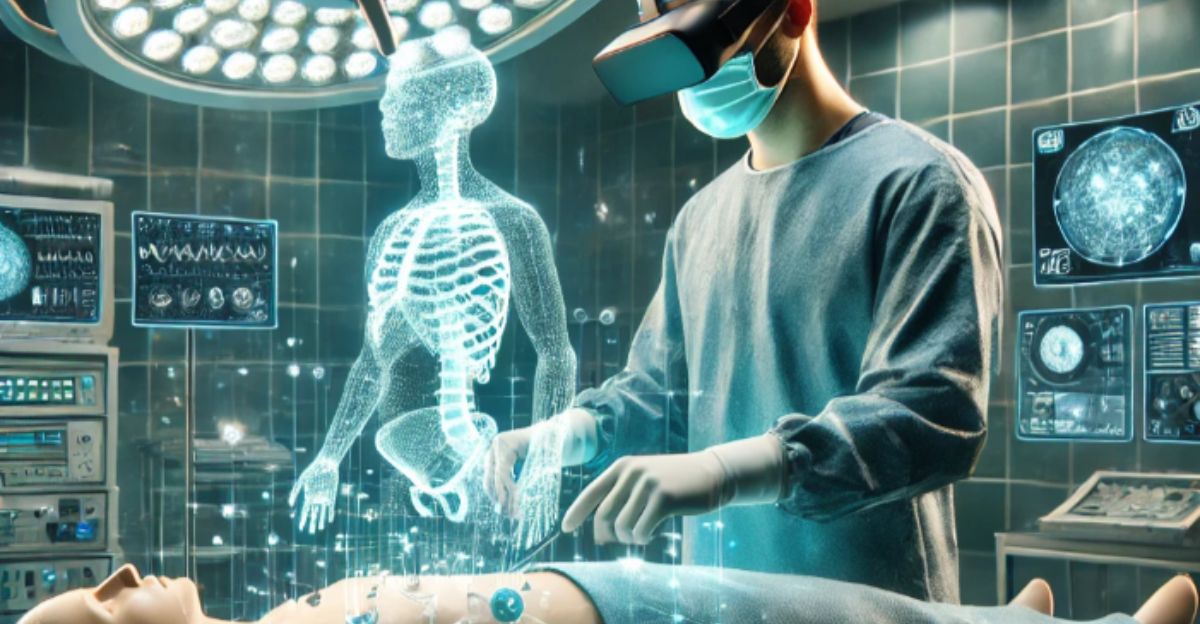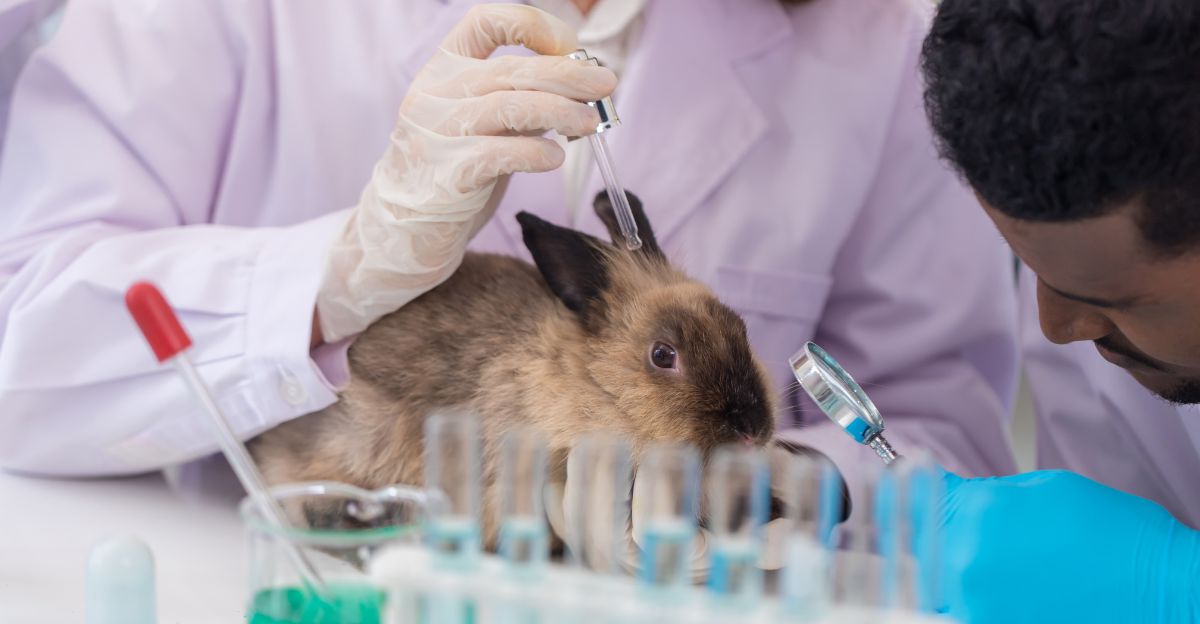
Imagine a world where millions of lab animals are no longer subjected to scientific experiments. What if a quiet revolution is underway, reshaping the future of biomedical research? Animal testing has been the backbone of medical science for decades, but emerging evidence and ethical concerns have sparked calls for change. This shift isn’t just speculation; it’s gaining momentum in research communities worldwide.
Could this start a scientific transformation prioritizing humane, human-relevant methods? The implications are profound, promising advances that respect animal welfare while improving medical outcomes. Stay with us as we explore this groundbreaking development that could forever change how we understand and treat disease.
A Nationwide Scientific Shift

This emerging change is not limited to a single lab or region; it is sweeping across the United States, impacting research institutions coast to coast. From major universities to biotech hubs, the scientific landscape is evolving rapidly. Could your local research center be part of this transformation? The National Institutes of Health (NIH), a major funder of biomedical research, is leading this shift by changing funding priorities.
This means laboratories nationwide must adapt, embracing new technologies and methods that reduce or eliminate animal use. The ripple effects of this policy will influence scientific careers, research directions, and even local economies. This nationwide momentum signals a collective move toward more ethical, practical, and human-relevant science.
The Legacy of Animal Testing

Animal testing has been a cornerstone of medical research for over a century. These black-and-white images of traditional labs remind us of a time when animal experiments were essential for breakthroughs, from vaccines to cancer treatments. However, this legacy is now being critically reassessed. While animal studies contributed to many advances, they also raise ethical concerns and scientific limitations.
As new technologies emerge, the question arises: Is reliance on animal models justified? The longstanding practice is now being challenged by scientists, ethicists, and the public. This reflection on the past sets the stage for a transformative future where humane and innovative methods take precedence.
The Scientific and Ethical Limits of Animal Models

Animal models have significant limitations. Many drugs that appear safe and effective in animals fail in human clinical trials, leading to wasted resources and delayed treatments. This disconnect costs billions of dollars annually and puts human patients at risk. Moreover, the ethical cost is immense; millions of animals suffer in experiments that may not translate to human benefit.
These scientific and moral challenges have fueled the search for better alternatives. Advances in human cell cultures, organoids, and computer modeling offer promising solutions that can more accurately predict human outcomes. This growing recognition of animal testing’s shortcomings has been a key driver behind recent policy changes by major funding bodies like the NIH.
NIH’s Historic Policy Shift

In a landmark announcement, the National Institutes of Health declared it will no longer fund experiments that rely exclusively on animal models. This historic policy shift spares millions of animals from testing and redirects focus toward human-relevant research methods. Techniques like organoids, microfluidic systems, and advanced computational models are now prioritized for funding.
This decision reflects scientific progress and ethical responsibility, signaling a significant turning point in biomedical research. The NIH’s leadership is expected to accelerate the development and adoption of innovative technologies that better mimic human biology, ultimately improving drug safety and efficacy. This move is celebrated as a victory for animal welfare and a catalyst for more predictive, humane science.
Transforming Research Across the Nation

Research institutions nationwide are rapidly adapting to NIH’s new funding priorities. Universities and biotech firms are adopting innovative human-based methods such as 3D tissue cultures, organoids, and AI-driven simulations from the West Coast to the East Coast. These technologies provide more accurate models of human biology, enabling a better understanding of diseases and drug responses.
This shift fosters collaboration and innovation, creating a vibrant, humane, and practical research ecosystem. The geographic diversity of institutions embracing these methods highlights the widespread impact of this transformation. As labs evolve, they improve science and set new ethical standards for biomedical research nationwide.
Navigating Challenges in Transition

For many researchers, the shift away from animal-only studies presents significant challenges. Years of expertise, infrastructure, and research protocols built around animal models must be reimagined. Securing funding for new human-relevant methods can be competitive and complex. Scientists must validate novel techniques to meet rigorous standards, balancing innovation with scientific integrity.
Despite these hurdles, many view this transition as an exciting opportunity to pioneer cutting-edge approaches that promise better human health outcomes and improved animal welfare. This evolution requires resilience, adaptability, and collaboration among researchers, funders, and regulators to navigate the path forward successfully.
Innovation Spurs Competition

As NIH leads this paradigm shift, other agencies like the FDA are following, intensifying competition among biotech companies and research organizations to develop non-animal testing technologies. This competitive environment accelerates innovation, with startups and established firms racing to create validated, scalable human-based models.
The pressure to deliver faster, safer, and more ethical solutions reshapes the biotech industry, driving investment and fostering collaborations. This momentum is paving the way for a future where animal testing becomes obsolete, mainly replaced by advanced systems that benefit science, patients, and animals. The race is on to pioneer the next generation of biomedical research tools.
The Power of Public Demand

Public demand for cruelty-free science has never been stronger. Consumers, patients, and advocacy groups are increasingly vocal about wanting treatments developed with compassion and cutting-edge technology. This societal pressure influences funding priorities, regulatory policies, and corporate strategies. People seek assurance that medical advances do not come at the cost of animal suffering.
This shift in consumer values is a powerful driver behind NIH’s decision and the broader movement toward humane research. It reflects a growing ethical awareness that science and compassion can and must go hand in hand, reshaping the future of medicine for the better.
A Future Beyond Animal Testing

What’s next for biomedical research? With this historic shift, animal testing may soon become a relic of the past. The future promises labs with human-relevant models, AI-driven simulations, and personalized medicine approaches that accelerate discovery and improve patient outcomes. This transformation is scientific but also ethical, economic, and cultural.
As the NIH’s landmark decision unfolds, the world watches a revolution in understanding and treating disease. The question remains: how quickly will this new era fully replace old paradigms? One thing is sure: the future of science and ethics is unfolding now, promising a more humane and effective path forward.







